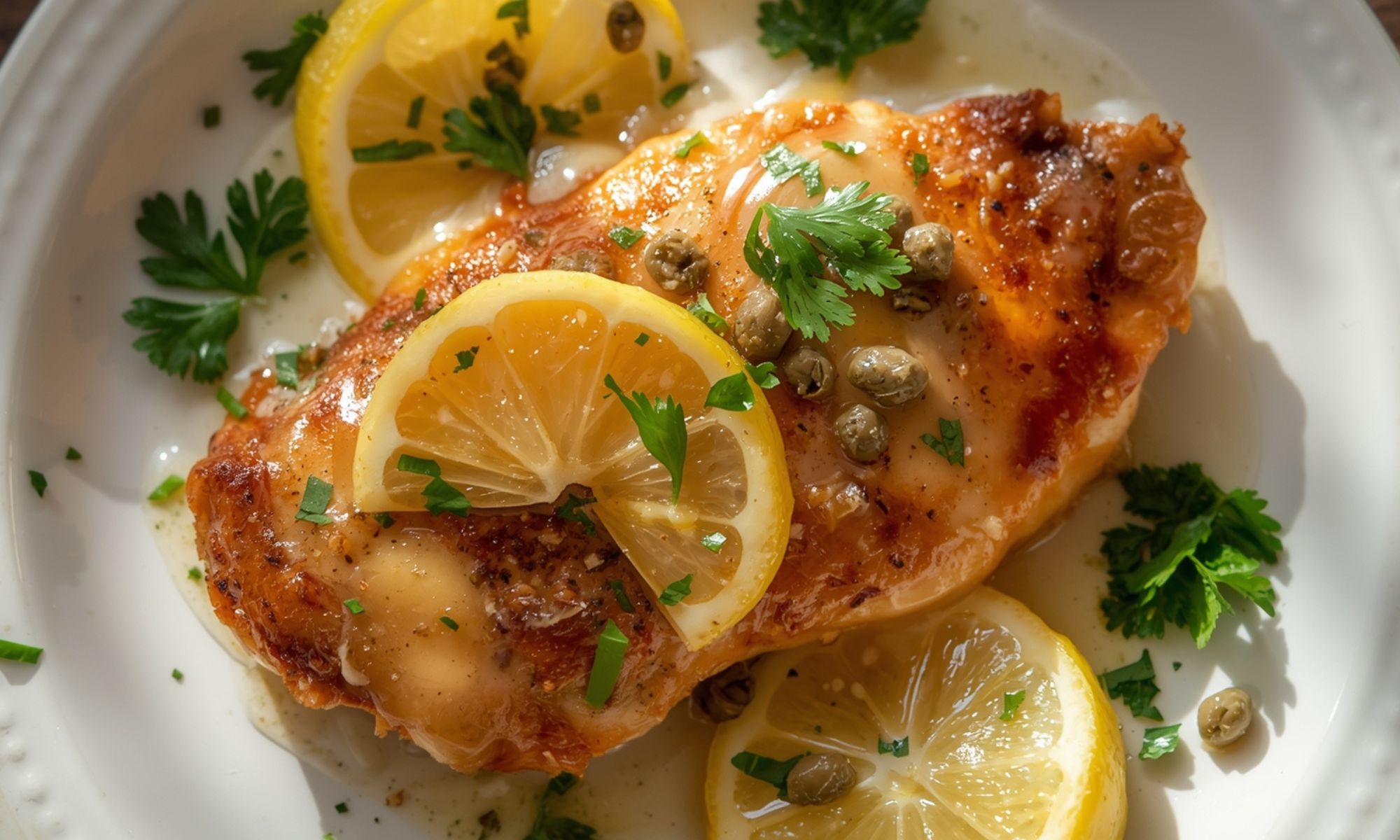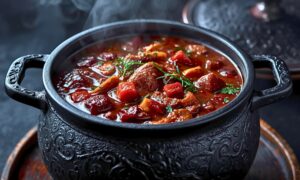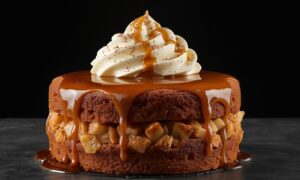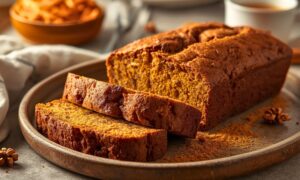Last Sunday, my phone buzzed at 5:40 PM. Text from my sister: “Dinner guests in 45 minutes. HELP.” I sent back two words: Chicken Piccata. She called me afterward practically crying with relief. That’s the power of this dish, friends. It looks fancy, tastes restaurant level delicious, and comes together faster than ordering takeout. No joke.
Here’s what nobody tells you about Chicken Piccata. It’s not some complicated Italian masterpiece reserved for special occasions. It’s actually what Italian home cooks throw together on busy weeknights. The magic lives in that golden, tangy, butter lemon sauce with briny capers dancing through it. Each bite delivers this perfect punch of bright citrus and savory depth. The chicken? Tender, delicate, with edges that get gorgeously crispy.
This dish belongs in your weekly rotation. Trust me on this. Once you nail the technique, which honestly takes one practice round, you’ll make it on repeat. It’s become my secret weapon for impressing people without breaking a sweat. Date night? Chicken Piccata. Boss coming over? Chicken Piccata. Tuesday and you’re tired? You guessed it.
Why This Recipe Changes Everything
Listen, I’ve tested seventeen versions of this recipe. Seventeen! My partner threatened to hide the capers at one point. But here’s what I discovered: most recipes overcomplicate things. They want you doing eight million steps when really, you need maybe four techniques done right.
The traditional piccata comes from northern Italy. “Piccata” means “larded” or “pounded thin.” Italian mammas have been making this for generations. It’s comfort food that happens to be elegant. How cool is that?
What makes this version different? We’re streamlining without sacrificing flavor. Modern life moves fast. We need recipes that keep up. This delivers maximum impact with minimal fuss. No obscure ingredients you’ll use once. No techniques requiring culinary school training.
The sauce is where dreams happen. Butter and lemon create this silky emulsion. Capers add little flavor bombs. White wine brings depth and complexity. Together? Pure magic in a skillet. Your kitchen will smell like an Italian trattoria. Neighbors might start knocking.
Getting Your Ingredients Right
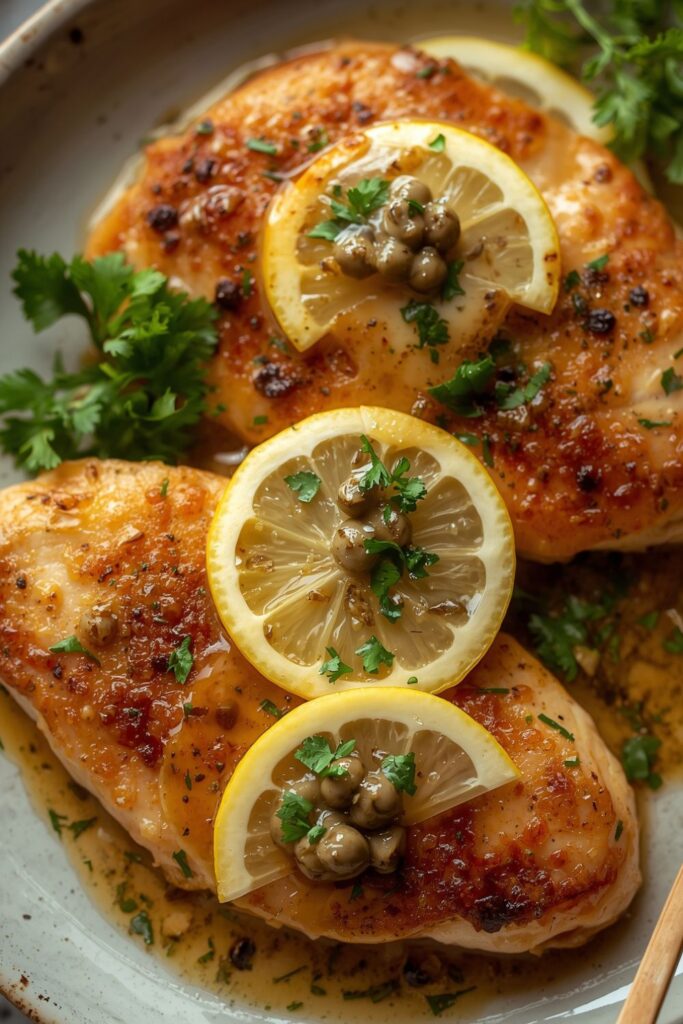
The Chicken Piccata Essentials
For the Chicken:
- 2 boneless, skinless chicken breasts (about 1.5 pounds)
- ½ cup all purpose flour
- Salt and black pepper
- 3 tablespoons olive oil
- 2 tablespoons butter (divided)
For That Glorious Sauce:
- ⅔ cup dry white wine (or chicken broth)
- ½ cup fresh lemon juice (about 2-3 lemons)
- ¼ cup capers, drained
- 3 tablespoons cold butter
- 2 cloves garlic, minced
- ¼ cup fresh parsley, chopped
Optional Finishing Touch:
- Lemon slices for garnish
- Extra parsley
Smart Swaps That Actually Work
Can’t do gluten? Swap regular flour for rice flour or cornstarch. Works beautifully. Actually creates an even crispier coating sometimes. My gluten free friend swears the rice flour version is superior.
No white wine? Don’t sweat it. Chicken broth works great. Add an extra tablespoon of lemon juice for brightness. Or use dry vermouth if you’ve got it. Even a light beer can work in a pinch.
Fresh lemons are non negotiable though. Sorry, but that bottled stuff just doesn’t cut it. The brightness and natural oils matter here. Fresh makes the difference between good and phenomenal.
Capers seem weird to some folks. But they’re crucial. They add this briny, almost olive like punch. Can’t find them? Green olives chopped small work as backup. Not quite the same, but they’ll do.
Picking Perfect Ingredients
Here’s a secret: buy chicken breasts on the smaller side. Those giant ones? Total pain to pound thin. Smaller ones cook more evenly. Plus they’re usually more tender.
Your flour doesn’t need to be fancy. All purpose works perfectly. But make sure it’s fresh. Old flour tastes stale and won’t brown as nicely.
For wine, cook with something you’d actually drink. Doesn’t need to be expensive. Just needs to be decent. That “cooking wine” with added salt? Skip it. Regular cheap white wine beats it every time.
Butter quality matters more than you’d think. European style butter has higher fat content. Creates a richer, silkier sauce. Worth the extra buck or two.
Step by Step Magic: Easy Chicken Piccata Recipe Guide
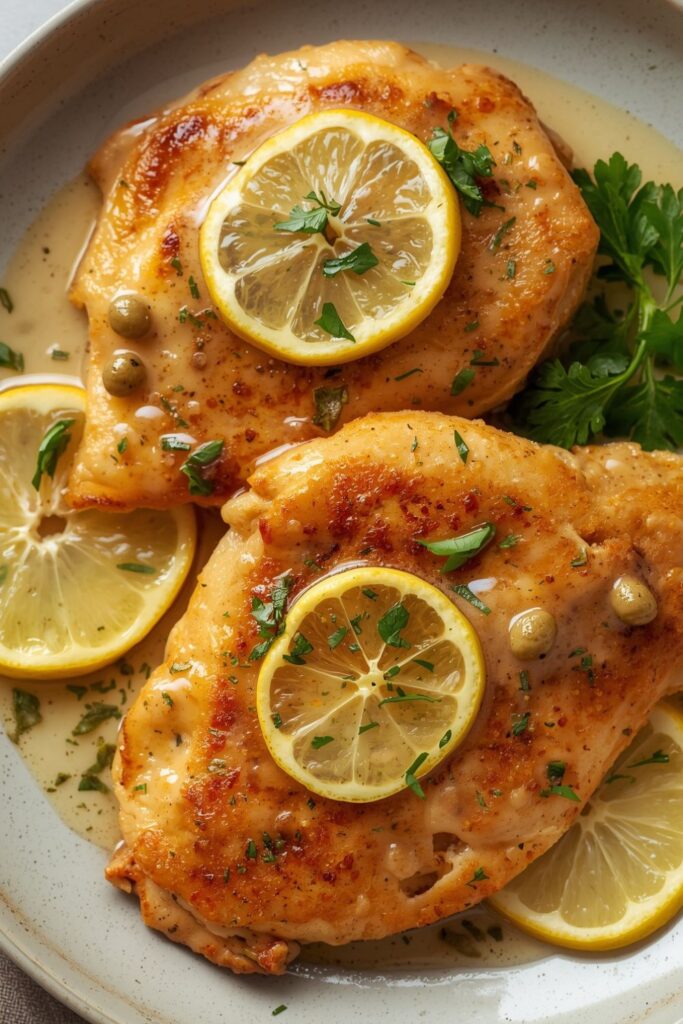
Prep Work (Don’t Skip This!)
First, let’s talk chicken prep. Place each breast between plastic wrap or parchment. Grab a meat mallet or heavy skillet. Pound to about ¼ inch thickness. Even thickness is key here. Otherwise some parts overcook while others stay raw.
Season that flattened chicken generously. Salt and pepper on both sides. Don’t be shy. Seasoning now means flavor throughout, not just on the surface.
Set up your flour in a shallow dish. This is your dredging station. Have everything ready before you start cooking. Once you begin, things move fast.
The Golden Sear
Heat olive oil and 1 tablespoon butter in a large skillet. Medium high heat. Wait until the butter foam subsides. That’s your signal it’s hot enough.
Dredge each chicken piece in flour. Shake off excess. You want a light, even coating. Too much flour creates gummy texture instead of crispy.
Lay chicken in the pan gently. Don’t crowd it. Work in batches if needed. Crowding drops the temperature. Then you’re steaming instead of searing. That’s a rookie mistake I’ve made a hundred times.
Cook 3-4 minutes per side. You want golden brown perfection. Not pale, not burned. That sweet spot in between. The edges should look crispy and gorgeous.
Remove chicken to a plate. Don’t worry if it’s not fully cooked. It’ll finish in the sauce later.
Building That Legendary Sauce
Here’s where magic happens. Keep that pan hot. Add minced garlic to the remaining oil. Sauté for 30 seconds. Just until fragrant. Burned garlic tastes bitter, so watch it.
Pour in your wine. Use a wooden spoon to scrape up all those browned bits. That’s called deglazing. Those bits are pure flavor gold. Let the wine bubble and reduce by half. Takes about 2-3 minutes.
Add lemon juice and capers now. Let it simmer for another minute. Taste it. You should get this bright, tangy, complex flavor. If it seems too tart, add a pinch of sugar.
Return chicken to the pan. Spoon sauce over top. Let everything simmer together for 3-4 minutes. The chicken finishes cooking. The flavors marry beautifully.
Remove from heat. This next step is crucial. Add cold butter one tablespoon at a time. Swirl the pan to incorporate. Don’t stir vigorously. You want an emulsion, not broken butter pools.
The sauce should look glossy and slightly thickened. If it’s too thin, let it reduce more. Too thick? Splash of broth or water fixes it.
Common Pitfalls to Dodge
Don’t pound chicken unevenly. Thick spots stay raw while thin spots turn to jerky. Take your time here. Consistent thickness matters.
Watch your heat. Too high burns the flour coating before the chicken cooks. Too low and you’re basically boiling it. Medium high is the sweet spot.
Never skip deglazing. Those browned bits transform ordinary sauce into extraordinary. They’re the secret ingredient nobody talks about.
Adding butter while the pan’s too hot breaks the sauce. It separates and looks greasy. Off heat or very low heat is crucial.
The Science Behind the Sizzle of Chicken Piccata
Let’s talk about what’s really happening here. When you pound chicken thin, you’re breaking down muscle fibers. This tenderizes the meat. Also creates more surface area for browning. More browning equals more flavor. Science!
Dredging in flour does two things. Creates a barrier that keeps juices in. Also provides starch for browning and sauce thickening. That’s why the sauce gets slightly velvety.
The deglazing process isn’t just romantic cooking talk. Alcohol dissolves flavor compounds that aren’t water soluble. Wine extracts flavors you’d otherwise miss. Then as it reduces, those flavors concentrate.
That final butter swirl? You’re creating an emulsion. Fat molecules suspend in the liquid. This gives body and richness without cream. French chefs call it “monter au beurre.” Fancy name for whisking in cold butter.
Lemon juice provides acidity that brightens everything. Cuts through richness. Balances fat and salt. It’s why Italian cooking tastes so vibrant. They understand acid’s role.
Why Your Pan Matters
A large stainless steel skillet is ideal here. Nonstick works, but you won’t get the same fond. Those browned bits I keep mentioning? They need a surface that allows sticking.
Cast iron can work but runs hot. You’ll need to adjust your temperature down. Otherwise the flour burns before chicken cooks.
Size matters too. Too small and you’re cramming chicken. Temperature drops. You get steaming instead of searing. A 12-inch skillet is perfect for two breasts.
Cultural Context Worth Knowing
Piccata belongs to a family of Italian preparations. Scaloppine, marsala, francese, they’re all cousins. The technique is similar. Thin cutlets, quick cooking, pan sauce.
In Italy, they often make this with veal. Chicken became popular in America. More affordable, easier to find. The principle stays the same.
This cooking method is called “scaloppine style.” It’s designed for quick weeknight cooking. Italian home cooks perfected efficiency centuries ago. We’re just following their wisdom.
Making It Beautiful and Delicious
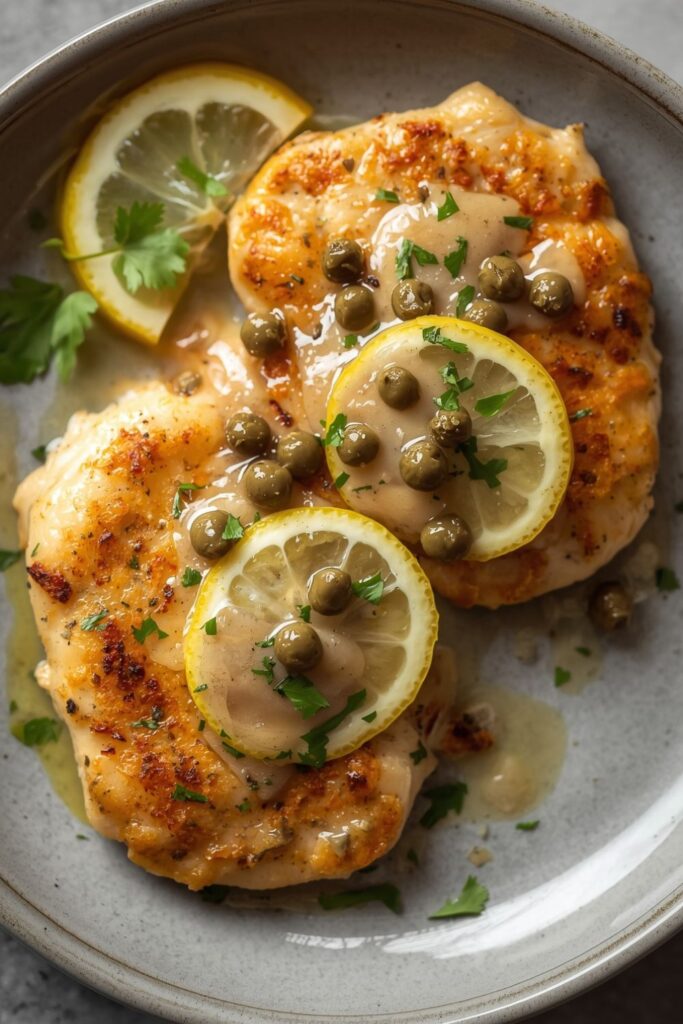
Plating Like a Pro
Don’t just plop chicken on a plate. Arrange pieces slightly overlapping. Spoon that gorgeous sauce over top. Let it pool around the edges.
Garnish with fresh parsley. Not just for looks. The fresh herb flavor complements beautifully. Thin lemon slices add visual pop and extra brightness.
A light dusting of lemon zest over everything? Chef’s kiss. Releases aromatic oils. Makes the whole dish smell incredible.
White plates make the golden chicken and sauce really pop. Dark plates work too though. Just avoid busy patterns that distract.
Perfect Pairings
Pasta is the obvious choice. Thin spaghetti or angel hair. Toss it with a little sauce. Keep it simple so the chicken shines.
Creamy polenta works beautifully. The richness balances the bright sauce. Plus it soaks up every drop.
For something lighter, try roasted asparagus or green beans. A simple arugula salad with lemon vinaigrette echoes the flavors nicely.
Wine pairing? Dry white wine similar to what you cooked with. Pinot grigio, sauvignon blanc, or vermentino all work great.
Crusty bread is mandatory. You’ll want to mop up every bit of sauce. Trust me on this.
Variations to Try
Once you’ve mastered the basic recipe, have fun with it. Add artichoke hearts to the sauce. Sun dried tomatoes bring sweetness and depth. Mushrooms create an earthier version.
Want it spicier? Red pepper flakes in the sauce. Or slice some Calabrian chilies in there.
Cream lovers can finish with a splash of heavy cream. Makes it richer, less tangy. Different but delicious.
Some people love adding white beans. Creates a more complete one pan meal. Sneak in some protein and fiber.
You can absolutely make this with pork cutlets instead. Turkey cutlets work too. Even firm fish like halibut. The technique translates beautifully.
Wrapping It Up
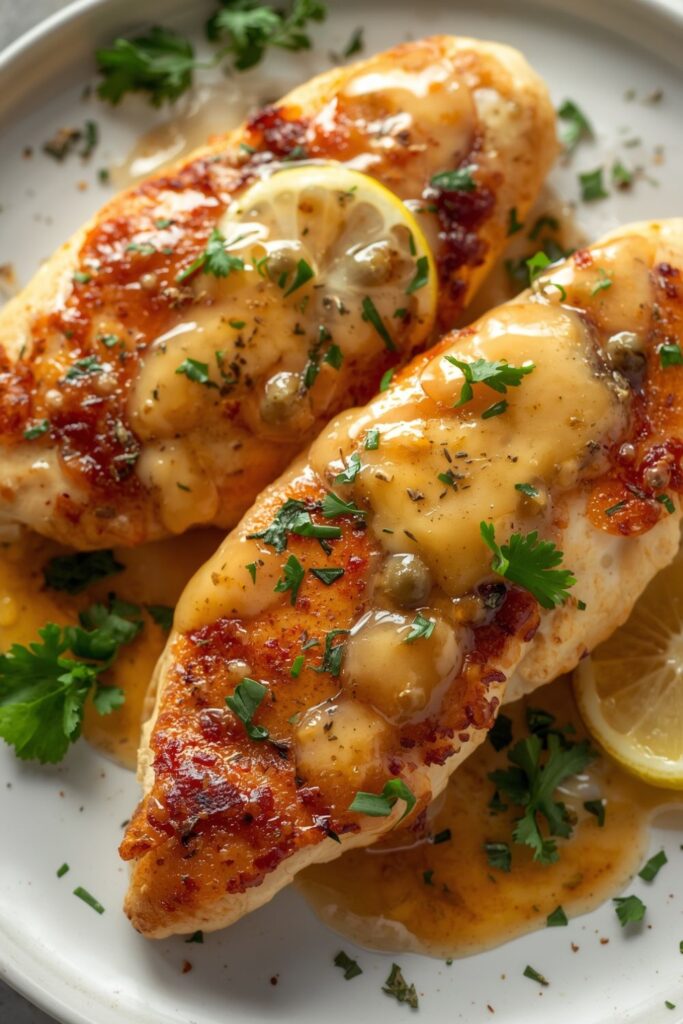
So here’s the deal with Chicken Piccata. It’s that rare recipe that checks every box. Fast enough for weeknights. Impressive enough for company. Delicious enough to crave regularly. And way easier than it looks.
The key takeaways? Pound chicken evenly. Don’t skip the fond when building your sauce. Finish with cold butter off heat. These three things separate okay piccata from outstanding.
This dish proves that fancy doesn’t mean complicated. Italian cooking figured that out ages ago. Simple ingredients, solid technique, big flavor. That’s the formula.
Make this once and you’ll get it. The second time you’ll nail it. By the third time, you’ll be improvising confidently. That’s when cooking becomes truly fun.
Save this recipe. Screenshot it. Print it out. Whatever works. Because you’re gonna want it on repeat. Your future self will thank you when you’re staring at chicken breasts wondering what to make. Again.
Frequently Asked Questions About Chicken Piccata
Can I make Chicken Piccata ahead of time?
Sort of. You can pound and flour the chicken earlier. Store covered in the fridge up to 2 hours. But cook it fresh. The sauce doesn’t reheat well, it breaks and gets greasy fast. This is really a cook-and-serve dish meant to be enjoyed right away. It takes so little time anyway, about 20 minutes start to finish. Just make it when you’re ready to eat and serve it warm for best texture and flavor.
Why does my sauce look oily and separated?
Two common causes here. Either your pan was too hot when you added the final butter, or you stirred too vigorously and broke the emulsion. Take the pan off heat completely before adding butter one piece at a time. Swirl gently, don’t whisk hard, patience matters here. The emulsion needs gentle treatment to stay creamy and glossy. If it breaks, a splash of cold water and more swirling sometimes saves it beautifully, restoring that smooth texture.
Can I use chicken thighs instead of breasts?
Absolutely! Boneless, skinless thighs work great. They’re more forgiving than breasts, actually, and harder to overcook. Slightly richer flavor too, with a juicier bite that holds up to the lemony sauce. Pound them to even thickness just like breasts so they cook evenly. Cook maybe 30 seconds longer per side since they’re a bit thicker usually. Everything else stays exactly the same, and the end result is just as satisfying, maybe even better.
My chicken is tough and rubbery. What went wrong?
Probably overcooked. Thin cutlets cook fast, like, really fast, and even one extra minute turns them chewy. Use a meat thermometer if you’re unsure. Pull at 160°F; it’ll climb to 165°F while resting. Also make sure you’re pounding to consistent thickness so everything cooks evenly. Thick spots need longer and overcook thin areas. Next time, sear quickly over medium-high heat and rest the chicken briefly before saucing. Tenderness depends on timing and thickness.
What if I don’t have fresh lemons?
Honestly? Wait until you can get them. Fresh lemon juice is what makes this dish sing and sparkle. Bottled juice lacks the brightness, aroma, and natural oils that fresh citrus provides. It tastes flat and slightly artificial in comparison. This isn’t me being snobby, it genuinely makes that much difference in Chicken Piccata. If you absolutely must substitute, use bottled but add lemon zest or a touch of white wine vinegar. That helps considerably and balances the flavor better.

Swiftly Captions by Tina Smith — Quick, flavorful food recipes made simple, bringing fresh inspiration to your kitchen every day
